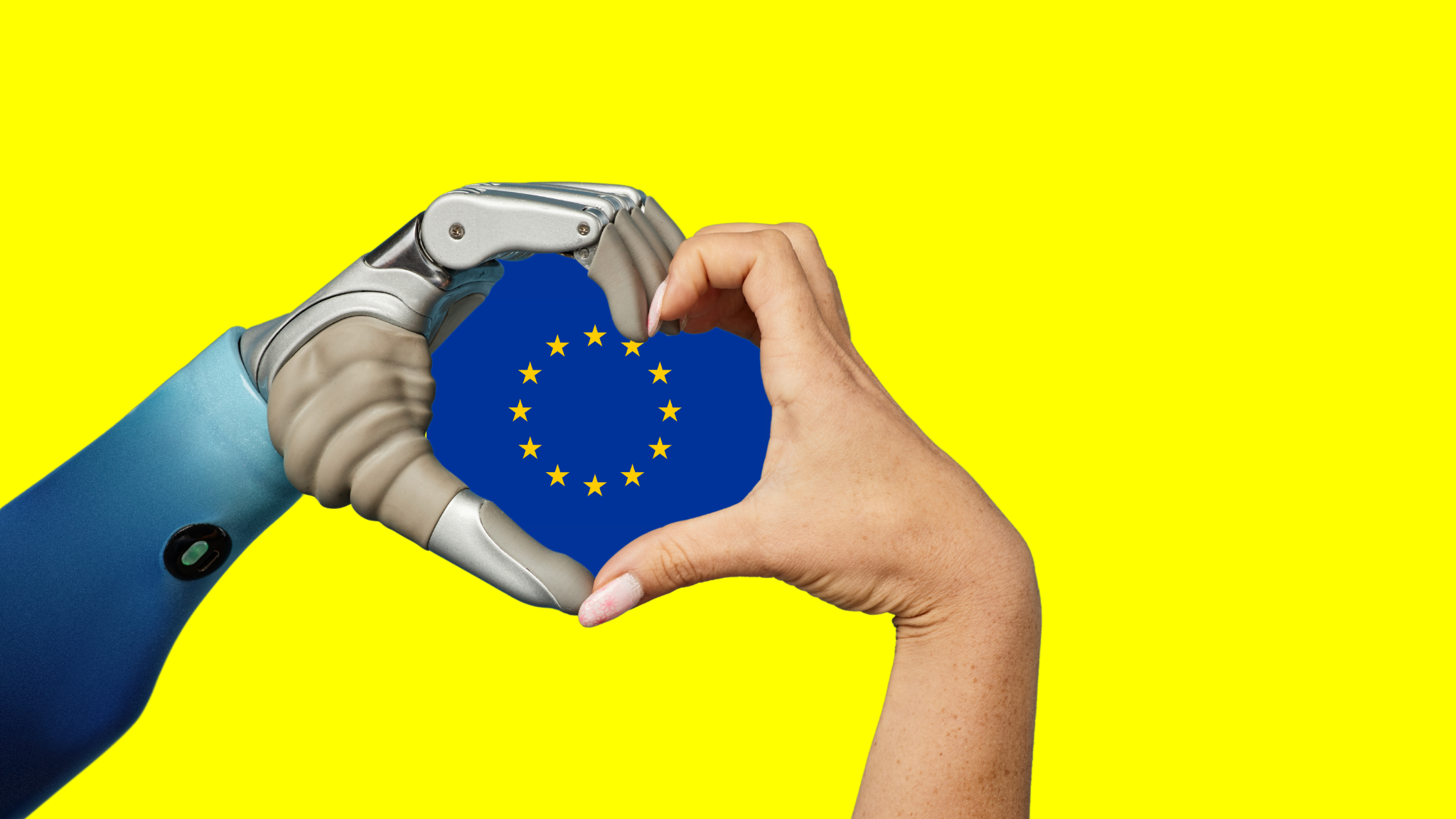The best teams are not made up of clones!

Cultural fit has long been considered the gold standard in recruiting. The idea: if you fit perfectly into the team, you will automatically be more successful. But what was intended as a quality feature is increasingly turning out to be a brake on innovation. The problem is obvious: teams that think too similarly confirm each other’s views. They overlook risks, miss market opportunities and develop solutions that only work for people like themselves. The McKinsey Diversity Report of 2023 confirms this: Companies that embrace diversity are 39% more likely to outperform those with little to no diversity efforts.
Even more serious: cultural fit is often unconsciously confused with demographic similarity. The result is homogeneous teams that work together harmoniously but remain blind to their own blind spots.
Cultural Add: The key to real performance
Cultural Add reverses this logic: Instead of asking “Does this person fit in with us?”, the crucial question is: “What do they bring to the table that we don’t already have?”
The difference is fundamental. While cultural fit rewards uniformity, cultural add promotes productive friction between different perspectives. Studies show that cognitive diversity arises from the complex nature of our brains. Different regions of the brain are activated depending on the thinking style, and people with different experiences use these regions differently.
Using opposites sensibly
Does Cultural Add mean chaos instead of collaboration? – Not at all. At the same time, diversity alone does not guarantee success. The ability to orchestrate different perspectives in a meaningful way is crucial. Successful Cultural Add teams are based on a solid foundation. Google’s “Project Aristotle” proves this impressively: after analyzing over 180 teams, psychological safety proved to be the most important success factor, i.e. the feeling of being able to take risks without fear of negative consequences. Only when all team members feel safe to contribute their perspectives can the full potential of diversity be utilized.
On this basis, teams can share common core values such as integrity, quality awareness and customer focus, while at the same time consciously differing in their approaches An analytical perfectionist complements a creative fast mover. The cautious risk manager grounds the courageous innovator.
From intuition to intelligence: data-based team building
However, the conscious orchestration of different personalities and perspectives requires new recruiting strategies. Instead of relying on sympathy or gut feeling, companies need objective tools to analyze personality profiles and identify potential synergies.
Modern, AI-supported personality analyses make it possible to look behind the façade. They reveal hidden strengths, identify complementary traits and predict how different personality types ideally complement each other.
For example, an introverted strategist with strong analytical skills could be an excellent match for an extroverted sales talent – even if the two appear completely different at first glance. Algorithms recognize potential where human intuition fails.
The ROI of diversity
The numbers speak for themselves: diverse teams make 87% better business decisions than individuals. Inclusive companies are 1.7 times more likely to innovate and generate 2.3 times more cash flow per employee. The reason: such teams ask better questions, develop more robust solutions and understand their customers better.
The future belongs to the brave
Cultural add requires the courage to leave comfort zones, endure productive friction and invest in people who tick differently. But companies that take this step will be rewarded: with teams that not only perform better, but are also more resilient, future-proof and attractive to talent.
The first step: rethink your next hire. Don’t look for a clone of your best employees. Use smart technology to specifically look for someone who completes the team – even if it makes the next team meeting a little more lively 😉
Prof. Dr. Florian Feltes
Prof. Dr. Florian Feltes is co-founder and co-CEO of zortify and a forerunner in AI-supported HR innovation. Together with his team, he develops intelligent personality diagnostics and helps companies identify the perfect candidates—without expensive assessments and without bias. His vision: a world in which every company can effortlessly form high-performance teams and create work environments that allow human potential to flourish.


If your CHRO is still counting heads, you’re already losing the best ones!

Your Gut Feeling is Gutting Your Talent Pipeline
